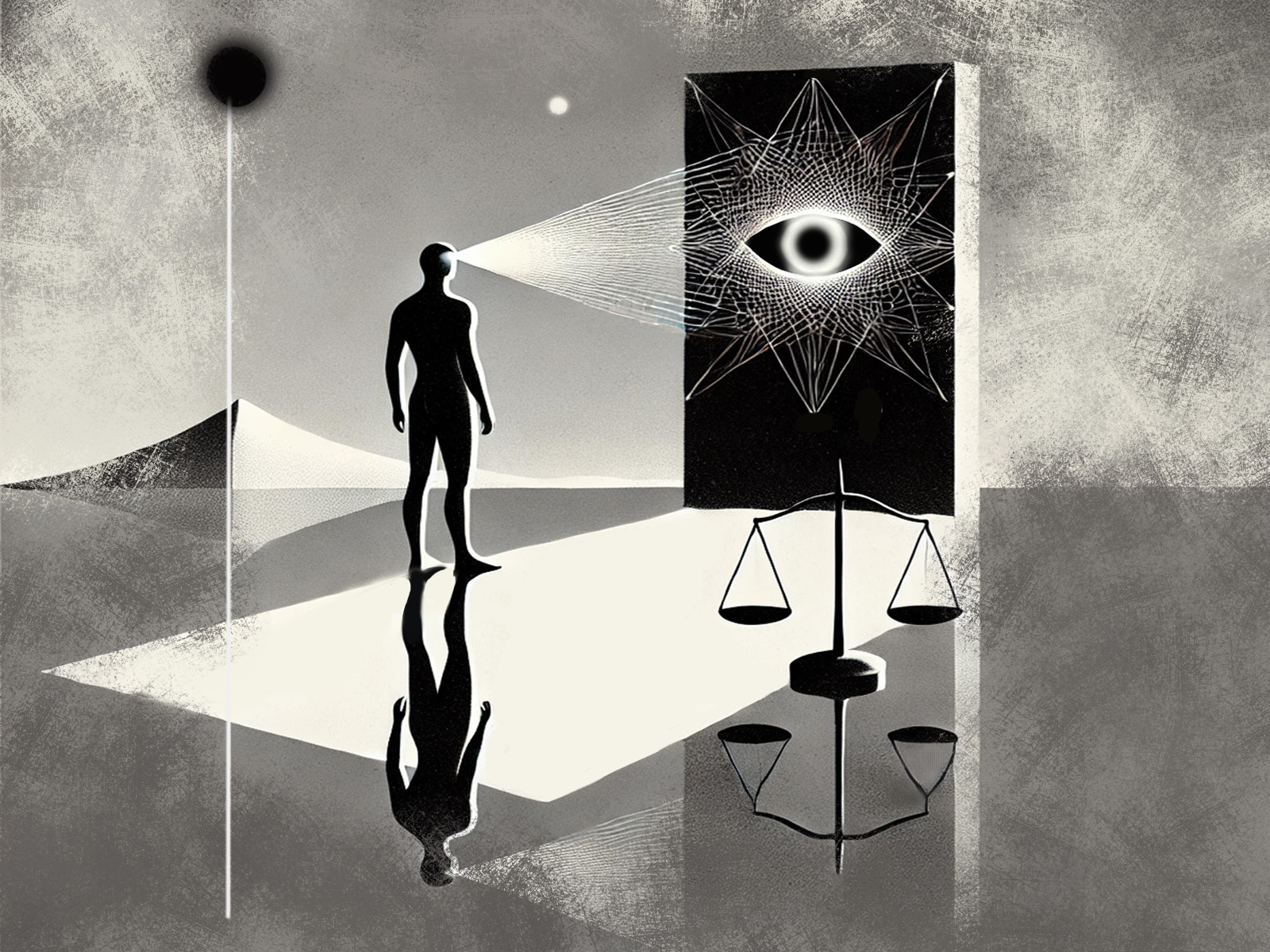‘Perceptual Experience’ by Christopher Hill
Christopher Hill explores the extensive field of perception, addressing fundamental aspects from representational content to metaphysical dimensions such as perceptual objects, introspection, pain, the demarcation problem, and the epistemology of perception. Despite covering a wide range, the book remains concise, avoiding verbosity and obscure discussions. Hill aims to provide a unified and systematic perspective on perception, connecting foundational aspects to the epistemic justification of perceptual beliefs. While experts may find points of disagreement, the true value of the book lies in the coherent and holistic view it presents, with an engaging and promising overarching conceptual framework.
Christopher Hill’s work has five key objectives. First, it backs representationalism, discussing various aspects of how we perceive things, like feelings such as emotions, moods, and pain. The second goal is to figure out what’s real and what just seems real when we see things, engaging in a big discussion among naïve realists, sense data theorists, and representationalists. Hill’s third goal is to plan how we feel and understand things, saying all our knowing involves thinking about things. The fourth goal looks at how seeing things is connected to thinking hard, stating these are really different. The last goal aims to create a good version of externalism, suggesting that what we feel, like how things look, exists outside our thoughts inside our head.
Each of these goals is carefully addressed across nine chapters. This review will provide a brief overview of the major points raised in each chapter, while also highlighting some potential areas of concern.
In Chapter 1, Hill delves into his perspective on perceptual representation, emphasizing the limitations of mere information processing and advocating for the necessity of a more comprehensive account of representation. He employs a moderate, pluralistic version of teleosemantics, underscoring the importance of functions in conveying distal information and proposing that multiple representations can be valid for a given content.
Chapters 2 and 3 explore the intricate relationship between appearance and reality in perception. Hill argues that the way things appear is influenced by various internal factors like attention, rather than being solely dependent on the objective properties of distal objects. He presents an interesting perspective on how we perceive through various modalities such as audition, smell, and touch, although these discussions remain somewhat unisensory, failing to account for multisensory interactions.
In Chapter 4, he scrutinizes our awareness of particulars and provides an argument for existentialism, suggesting that we do not represent particular objects but instead focus on general features in our perceptual experiences. Whereas, in Chapter 5 he investigates into perceptual phenomenology, arguing that our awareness is grounded in phenomenal features. Hill rejects dualism, asserting that awareness involves representations. The chapter also includes discussions on moods and emotions.
As we move further into the later chapters, a nuanced understanding of perception emerges. In Chapter 6, Hill offers a unique perspective on pain, where he introduces the concept of quasi-perceptual awareness rooted in nociceptor activity, presenting a more explanatory framework for understanding this sensory experience. Chapter 7 ventures into the realm of consciousness, unearthing the intricate connections between phenomenal consciousness, introspection, and access consciousness, with Hill championing the autonomy thesis, positing that phenomenal consciousness operates independently. Chapter 8 brings forth the relationship between perception and concepts, where Hill argues for the distinct separation of perceptual states from propositional attitudes, emphasizing that perception doesn’t inherently involve concepts. These chapters collectively deepen the reader’s grasp of perception, contributing to the comprehensive framework meticulously built throughout the book.
In the final chapter, Chapter 9, Hill navigates through the complex terrain of epistemic justification in perception. Here, he staunchly defends an externalist stance on epistemic justification for perceptual beliefs, wading through the deep waters of skepticism and addressing objections with scholarly rigor. These later chapters, taken together, contribute significantly to the holistic framework of perception that Hill meticulously constructs throughout the book.
Christopher Hill’s work presents a vast and all-encompassing exploration of the realm of perception. It undertakes this ambitious task with admirable scope, covering a wide array of topics ranging from the fundamentals of representational content to the metaphysical aspects of perceptual objects, introspection, pain, the demarcation problem, and the epistemology of perception, among other subjects. This is no small feat, considering that each of these topics could easily be the sole subject of its own detailed monograph. Despite this broad terrain, the book is remarkably concise and organized, never succumbing to verbosity or delving into obscure discussions of secondary literature.
The strength of the book lies in its ability to present a unified perspective on perception, from its foundational aspects to the way full-fledged perceptual experiences provide epistemic justification for perceptual beliefs. While experts within specific domains might find points of contention with particular arguments, the true value of the book lies in how these elements interconnect, forming a coherent and holistic view of perception. Despite some minor reservations with certain individual components, the overarching conceptual framework proves to be both engaging and promising.
The book’s expansive purview is both commendable and, paradoxically, a source of potential intimidation. Its holistic approach to perception is indeed commendable. However, readers less acquainted with this domain may find themselves submerged in the deluge of information presented. Furthermore, the exhaustive coverage sometimes sacrifices an in-depth dive into particular subjects, leaving some aspects deserving of more profound scrutiny.
The reliance on philosophical language could pose a challenging hurdle, particularly for readers not well-versed in the intricacies of perception and philosophy. Striking a balance between profundity and reader-friendliness has the potential to enhance its overall impact and reach a broader audience. Hill occasionally bases his arguments on introspection and intuition. Given the intricate nature of perception, a more robust foundation in empirical evidence, combined with engagement with a wider range of cases, might lend enhanced credibility to the core assertions of the book. A noticeable omission is the absence of a discussion on multisensory interactions, especially within the contemporary landscape where the exploration of how various senses intermingle has gained prominence. The exclusion of such deliberations seems like a missed opportunity to provide a more all-encompassing perspective. A crucial tension looms in the book concerning introspection. Hill argues for the reliability of introspection in specific aspects of perception. Paradoxically, he also asserts that introspection is ill-equipped to effectively distinguish between conceptual and purely experiential elements.









Nice work 👍
Keep it up 🌟
Very good 👍